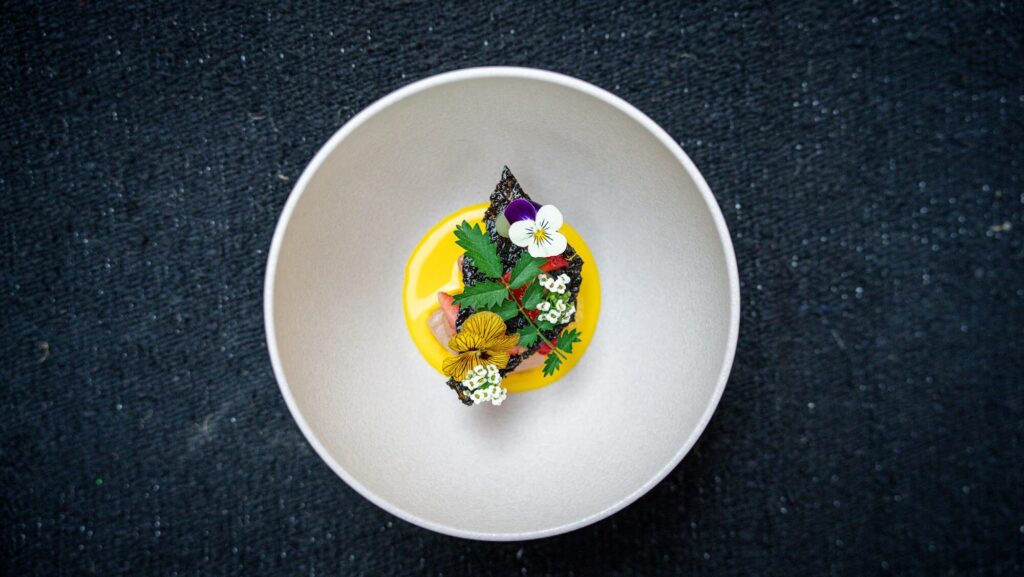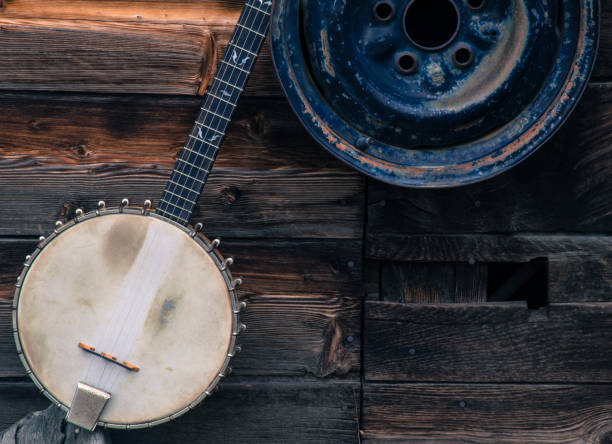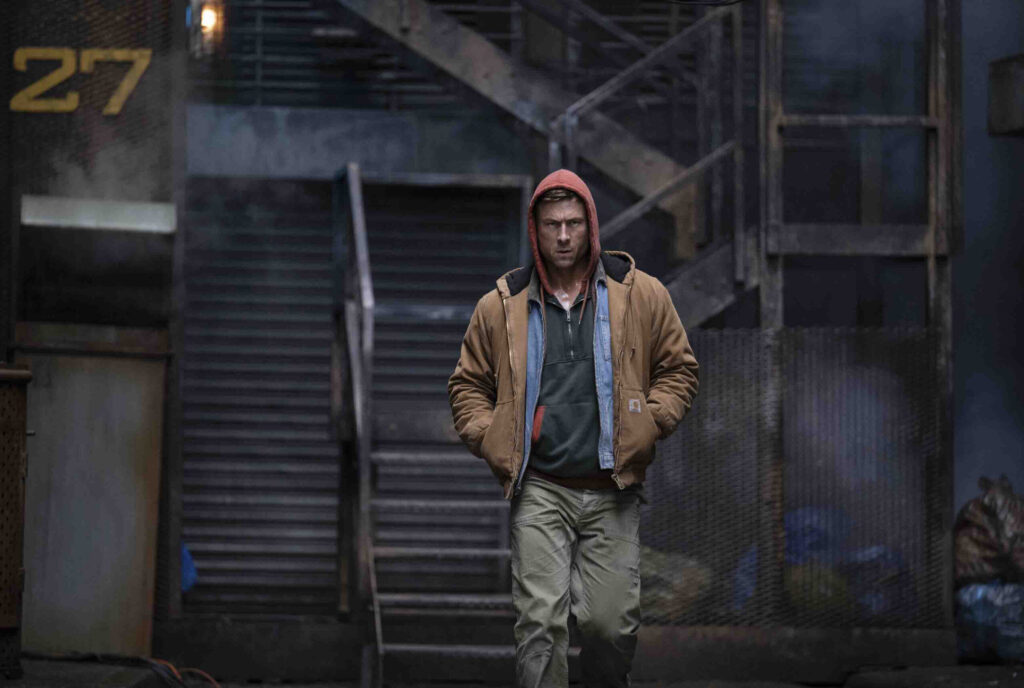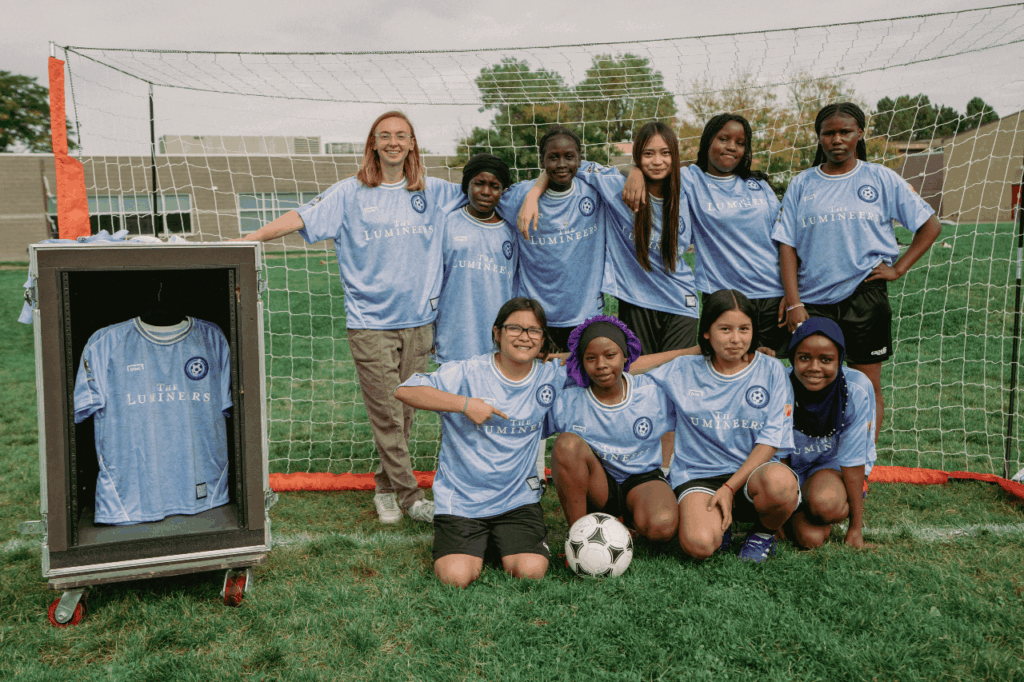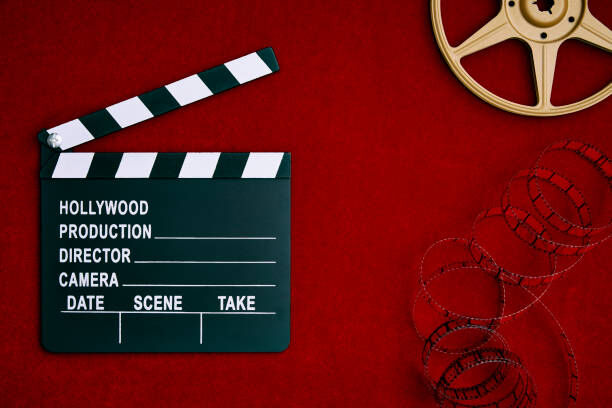New mural honors old Denver’s Westside

Just in time for the beginning of Hispanic Heritage Month, a vibrant new mural recently completed on the exterior of a Metro State University building at 800 Kalamath St. catches eyes and helps raise awareness about the history a of a Denver neighborhood long known as the Westside.
Titled “A Tribute to the Westside,” the 6,000 square feet mural depicts the Platte River, indigenous people, a buffalo, horses, a miner, a steam locomotive, the Colorado state capitol, St. Cajetan’s Church, a mariachi band, dancers and protestors.
The mural designed and painted by a collective of five local artists wraps the building’s corner. In the alley off 8th Avenue, what first hits the eye is an enormous painting of a beefy boxer throwing a punch.
Community contributed ideas for mural
“One thing we got from three community meetings we held is that this neighborhood was always fighting for something — fighting for better housing, better education, a more positive political presence,” said Carlos Fresquez, one of five artists in a creative group known as Midbrow Collective.
“Denver’s west side used to have boxing nights in the 1960s and ‘70s, and one of the members of our collective, Zach Armijo, brought in an old photo of his uncle, a Golden Gloves boxer, so we used that image as a metaphor and symbol of the neighborhood’s fights,” said Fresquez.
Along with Fresquez and Armijo, the collective includes Spencer Eudaly, Adrian Raya and Ramon Trujillo. Fresquez taught at MSU for 33 years until his retirement two years ago, and the other four artists were his students. Completed with the assistance of current MSU art students, the mural is the first project of Midbrow Collective.
“I like our name: Midbrow,” Fresquez said. “There’s lowbrow art which is tattoos and graffiti or highbrow art which is usually in galleries and museums. We figure we are somewhere in the middle.”
Fresquez, who has numerous works in the Denver Public Art collection, noted that the mural project was sponsored by MSU, the Denver Latino Cultural Art Center and Museo de las America also provided sponsorship.
About two years ago, MSU issued a call for entries, inviting muralists to submit ideas for the exterior of the building.
“It is a dream come true to see this come to life in a little over a year from its first inception,” said John Masserini, dean of MSU College of Letters, Arts and Sciences. “This is a gift to Denver’s Westside, and I hope it helps tell the stories and honor the people of the community in perpetuity.”
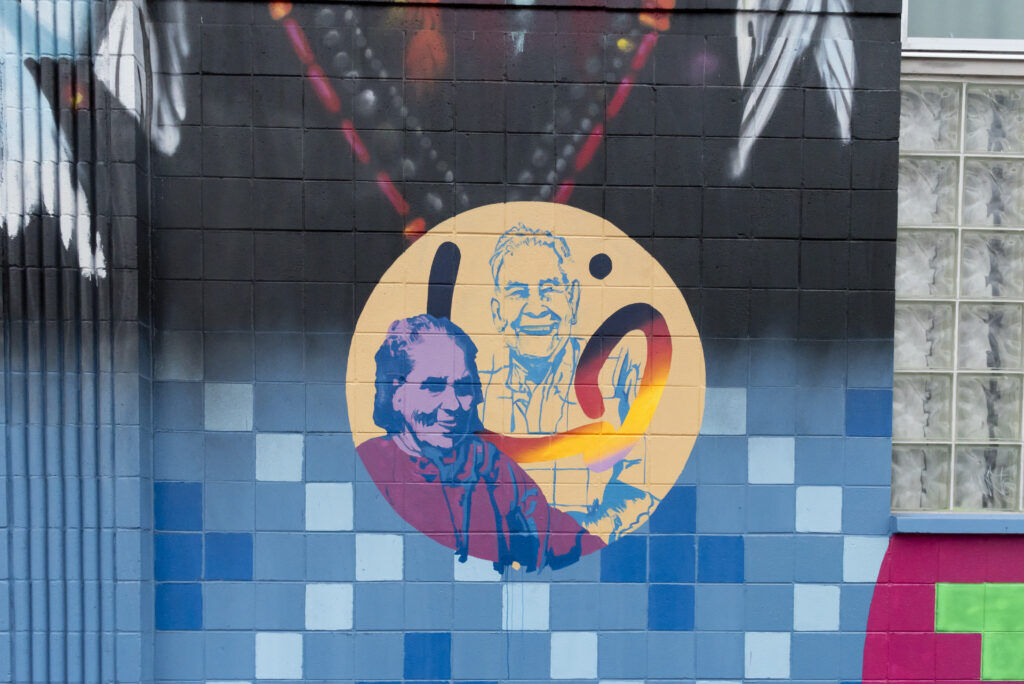
An artist’s ancient roots in Colorado and New Mexico
“I’m a Westsider, and I’ll always be proud of that,” Fresquez said.
He was born and raised in Denver to Coloradans — his father came from the San Luis Valley and his mother came from Trinidad. His grandparents were from the Taos and Santa Fe area, but his lineage traced much further back to indigenous people.
“The name ‘Fresquez’ was invented in New Mexico, and the first document listing a Fresquez from was from 1617. The family was part of the first settlement in the late 1500s. That’s something I never knew as child on playgrounds here in Denver in grade school, when kids had hatred and said, ‘Mexican, go back where you came from’,” said Fresquez, now 69. “We were part of this country since before it was a country.”
“When my son gave me a DNA test to do, I learned my genealogy is 50% indigenous and 50% European,” he said. “The Spanish came in conquered New Spain all around Albuquerque, but my Native American ancestors were probably around 10,000 years ago.”
Fresquez, married nearly 45 years to the folk artist Lynn Fresquez, recalled some of his earliest memories of Denver and the history he’s learned throughout his entire life lived in the Mile High City.
“The Mexicans who came to the region before Denver was founded settled around the Platte River. There were teepees along the Platte and Cherry Creek. The indigenous people — the Arapaho and Cheyenne — and the Mexicans were here when Colorado was still part of Mexico,” said Fresquez.
The muralists also depicted protest and prayer, both important to the culture. “St.Cajetan’s Church was the first church by and for the Mexican American community,” he said. “St. Elizabeth’s, built in late 1800s, didn’t allow Mexicans — not in the main church. They could go to the basement for services in Spanish.”
The mural depicts a popular cinema from days gone by.
“As a kid, Santa Fe Drive from about Alameda to Colfax was our main shopping district with markets, barber shops, stores and the Santa Fe theater with Spanish language movies,” said Fresquez.

Public art improves appeal, fends off graffiti
Denver’s mural collection has grown significantly, with scores of buildings now painted throughout the city.
“Denver started doing that because about 20 years ago graffiti was popping up really badly, and graffiti usually stops when a really nice mural is put up,” said Fresquez. “That’s what city found, and it was the same in LA and New York, where the taggers respected the murals.”
Fresquez admitted to his own brief stint as a tagger, but he shifted to public art when he did his first mural in the late 1970s.
“It went into an orphanage in North Denver,” he said. “I was working with an artist friend, and looking at the painting on the wall, I realized it was a gift to the community.”
Public art supports public spaces
Fresquez shared an anecdote from an installation of one of several of his sculptures in the Denver Public Art collection.
“We were installing the sculpture, and a woman came up and asked why we are spending money on this when we have homeless people and hunger,” Fresquez said. “I told her, ‘This is about humanity. We have a lot of bad in the world, but we also need to look at and honor the idea of creating and offering more than just that. People need and want to create, and art adds to our city. The creativity of art helps us see more than the negative.”
Fresquez emphasized the value of the mural not only as visual art, but also as a teaching tool.
“Art is for everybody,” he said. “Really, these murals are walls with tongues. They have something to say, whether ridiculous or insipid or smart or educational or political. It’s nice to have the opportunity to do that.”
An unexpected, angelic mural moment
Working on a grand scale on an exterior surface under Colorado’s intense summer sun challenged the artists.
“The toughest part was the heat,” Fresquez said. “Our last day was super, super hot, probably 95 degrees and probably 110 on the wall, with no breeze. Ramon and I were on a lift to reach the top of the two-story building to finish final details, and it was unbearable.”
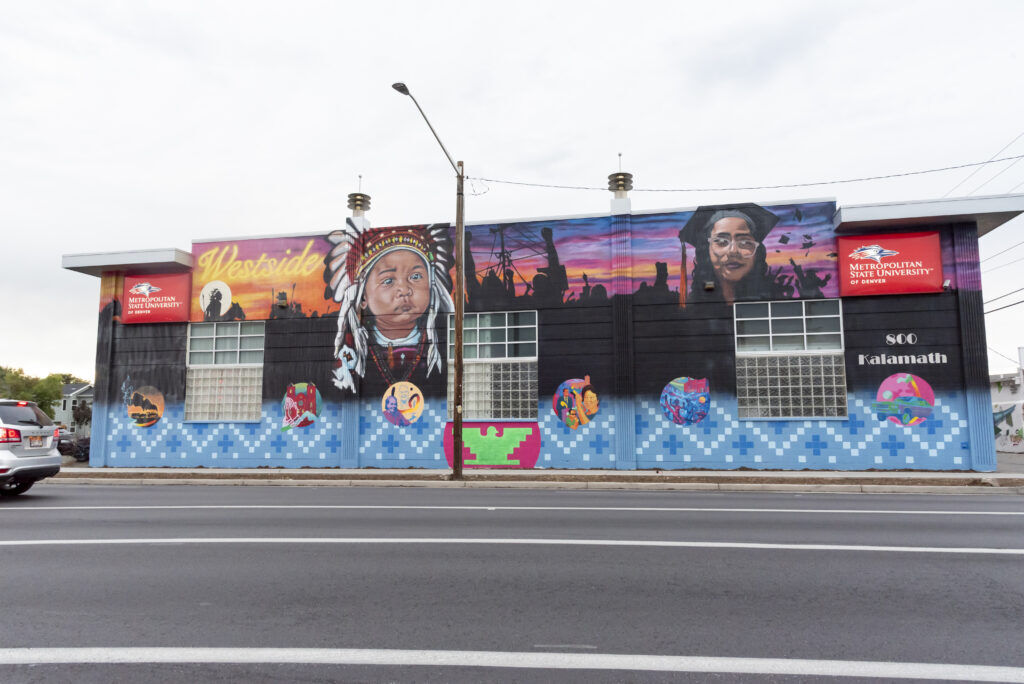
Then, something surprisingly cool happened.
“When we came down, we were exhausted, and this guy walks by – scruffy blond hair – and drops off two Gatorades. It was perfect timing, almost angelic,” Fresquez said. “We didn’t get his name, we just told him thank you, and he waved and walked on. It was really cool that somebody cared enough about what we were doing.”
Fresquez will participate in the 40th anniversary of Edge Gallery from Oct. 3 to Oct. 19. More information: www.edgeart.org







